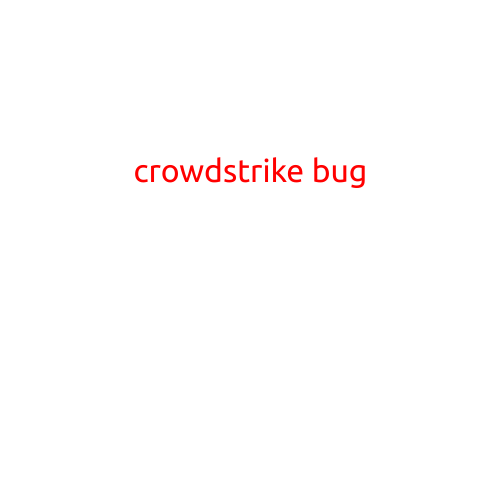
CrowdStrike Blog:
Title: “The Evolution of Threat Hunting: From Reactive to Proactive”
Introduction:
Threat hunting has become a cornerstone of modern cybersecurity. With the constant emergence of new attack vectors and increasing sophistication of cyber threats, organizations are realizing the importance of proactive threat hunting to stay ahead of attackers. In this article, we’ll explore the evolution of threat hunting, from a reactive approach to a proactive one, and highlight the key benefits and best practices for implementing a successful threat hunting program.
The Reactive Era of Threat Hunting:
In the past, threat hunting was typically a reactive process. Security teams would wait for attacks to occur, and then work to detect and respond to the breach. This approach was often limited by the tools and techniques available at the time, which relied on signature-based detection and manual analysis. As a result, attackers were able to evade detection and remain undetected for extended periods of time.
The Shift to Proactive Threat Hunting:
In recent years, the threat landscape has changed dramatically. Attackers have become more sophisticated, and the rise of cloud-based services and IoT devices has created new attack vectors. As a result, security teams have had to adapt their approach to stay ahead of attackers. Proactive threat hunting involves continuous monitoring of an organization’s networks and systems to identify potential security threats before they occur.
Benefits of Proactive Threat Hunting:
Proactive threat hunting offers several benefits, including:
- Increased Detection Rates: By continuously monitoring networks and systems, proactive threat hunters can detect and remediate threats in real-time, reducing the risk of breach.
- Improved Incident Response: With proactive threat hunting, security teams can respond quickly and effectively to detected threats, reducing the mean time to detect (MTTD) and mean time to respond (MTTR).
- Reduced Risk Exposure: By identifying and remediating potential security threats before they occur, proactive threat hunting can significantly reduce an organization’s risk exposure.
Best Practices for Implementing Proactive Threat Hunting:
To implement a successful proactive threat hunting program, follow these best practices:
- Develop a Network Map: Create a detailed network map to understand network topology and architecture.
- Implement Continuous Monitoring: Utilize continuous monitoring tools to detect and respond to potential security threats.
- Train and Certify Threat Hunters: Train and certify threat hunters to ensure they have the necessary skills and knowledge to detect and respond to threats.
- Collaborate with Other Teams: Collaborate with other teams, such as security operations, incident response, and IT, to ensure a coordinated and effective response to detected threats.
Conclusion:
The evolution of threat hunting from reactive to proactive has been driven by the need to stay ahead of sophisticated attackers and the changing threat landscape. By implementing a proactive threat hunting program, organizations can significantly reduce their risk exposure, improve incident response, and increase detection rates. With the right tools, training, and best practices, threat hunters can become a powerful force against cyber threats, and help organizations stay safe in an ever-changing world.
About CrowdStrike:
CrowdStrike is a leading cybersecurity technology company that provides advanced threat protection, threat intelligence, and incident response solutions. Our Falcon platform uses AI-powered threat intelligence and behavioral analysis to detect and prevent even the most sophisticated attacks. With CrowdStrike, organizations can stay ahead of cyber threats and protect their critical assets. Learn more at www.crowdstrike.com.





